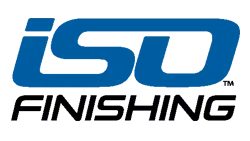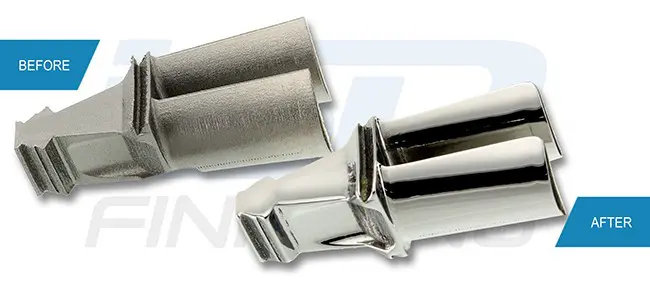Modern-day manufacturing of parts and components start with a 3d computer model, then incorporate an additive fabrication process before resulting in a metal part. When manufacturing, 3d printing has advantages related range of design and development of parts, but the surface finish isn’t always smooth. In fact, the Ra of a part using other methods (cnc machining, casting, or metal injection molding) has less surface roughness than 3D printing, so post processing finishing services are required. The type of 3d printer plays an important role in the surface roughness. And there a few different methods for surface finishing 3D-metal printed parts.
Type of Metal 3D Printers
The types of 3d-metal printers are endless but can be narrowed down by application. Choose your printer based on the flexibility needed for the metal part design, the quality needed, precision specifications such as corner radiuses, the software, and certified materials. Features to look for in a metal 3D printer include whether or not you need a complete solution, specific surface roughness and finish from the printer, design ability for custom parts, mandatory production timeline, printer consistency, and ease of use.
Types of 3D-Metal Finishing
We use high energy centrifugal barrel finishing which is the fastest and requires little manual effort. This method includes placing several parts at once in a vibratory unit along with materials that are softer than the 3D-printed part. The parts are rotated around a horizontal main shaft in octagonal barrels containing media, water, and liquid compound. The circular drive plate connected to the shaft rotates in one direction while the connected barrels rotate in the opposite direction, creating a centrifugal force that increases gravitational pull by 15 to 20 times. This technique can also be used to polish hard plastics. The other process we use is tumbling. This is more of rotating vs vibrating and polishing material include ceramic, plastic, or corn cob. Our machines are top of the line allowing us to make repeatable surface Ra’s that fit your specifications.
Challenges of Finishing Metal Printed Parts
Metal 3d-printed parts typically have rough surfaces. The post processing of the parts requires deburring without changing the edge definition. There are also additional costs to factor in. We understand the end-to-end costs associated with post production which is why we offer free sample processing and shipping.
Benefits of 3D-Metal Part Finishing
3D printing and AM of metal prototypes are widely used in many applications for many industries. The core benefits surround the custom design and on-demand flexibility of metal parts. Medical devices, surgical aids, and implants for example are now approved for use and can match a person’s anatomy. Dental devices with small lot sizes and high precision have been adopted and 3D-metal printing machines are built specifically for these applications. AM engineered aerospace components are also being advanced.
- Improve appearance (reduce visible lines)
- Increase durability
- Reduce friction
- Adjust shape
- Increase electrical conductivity


